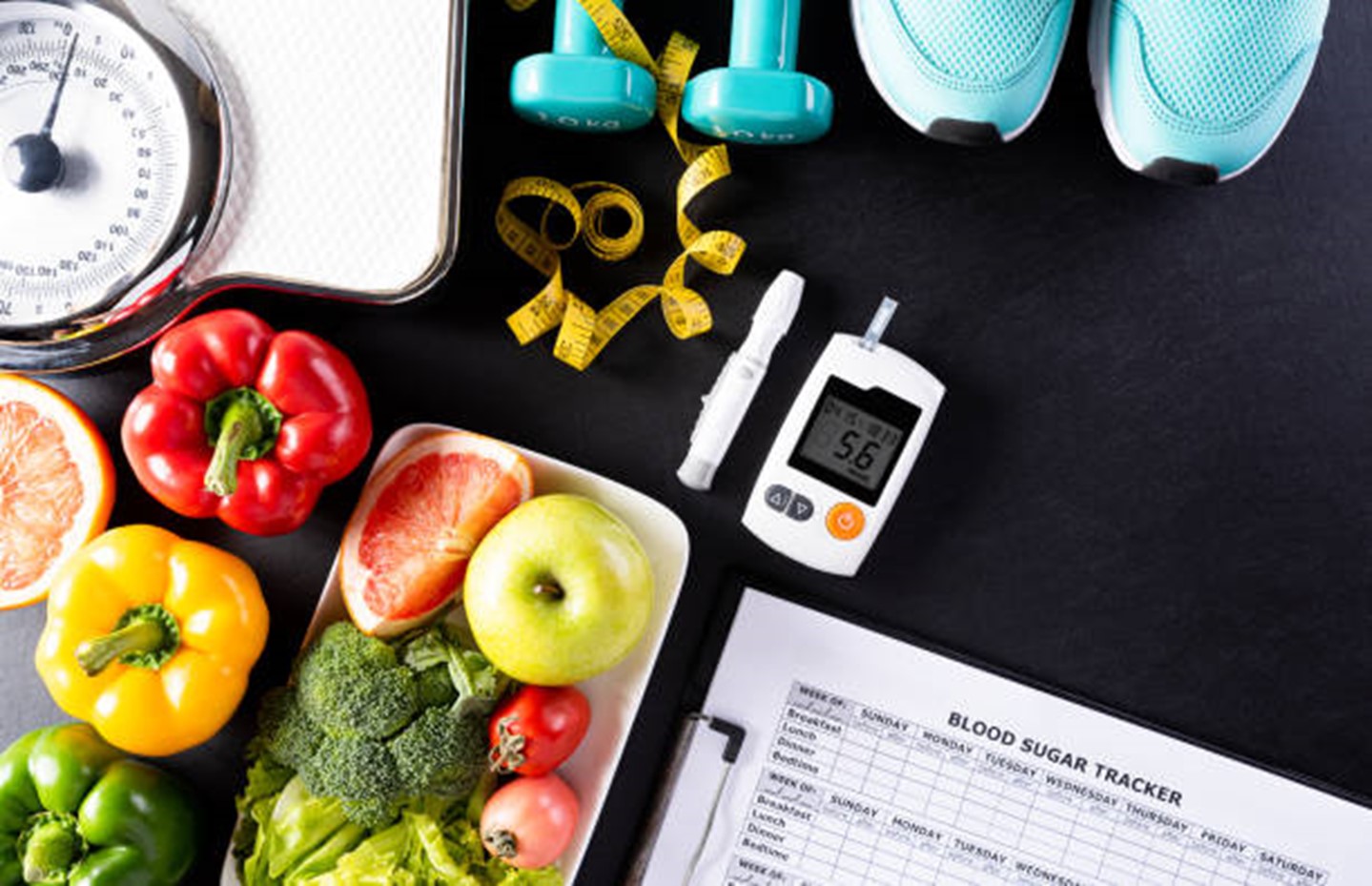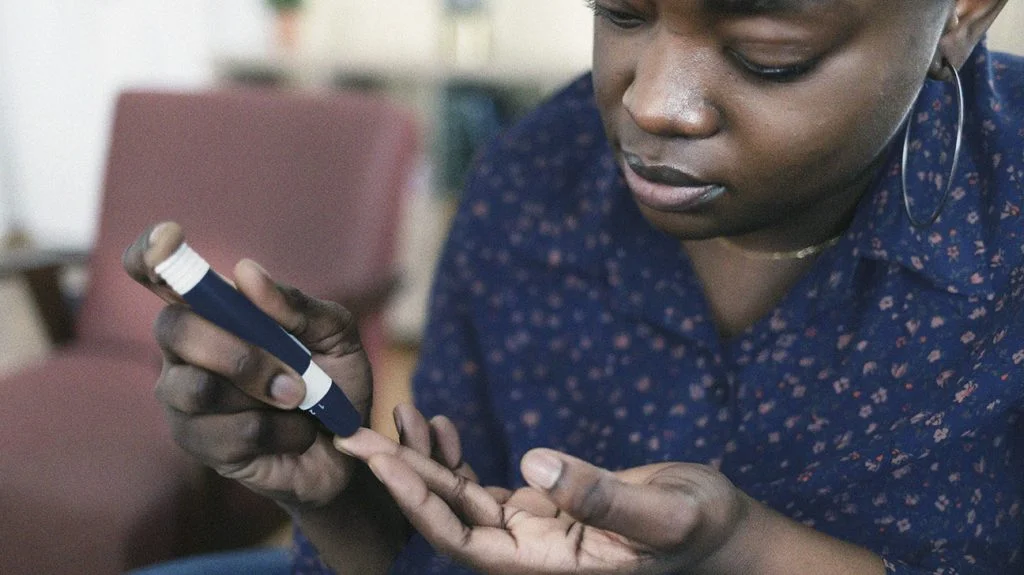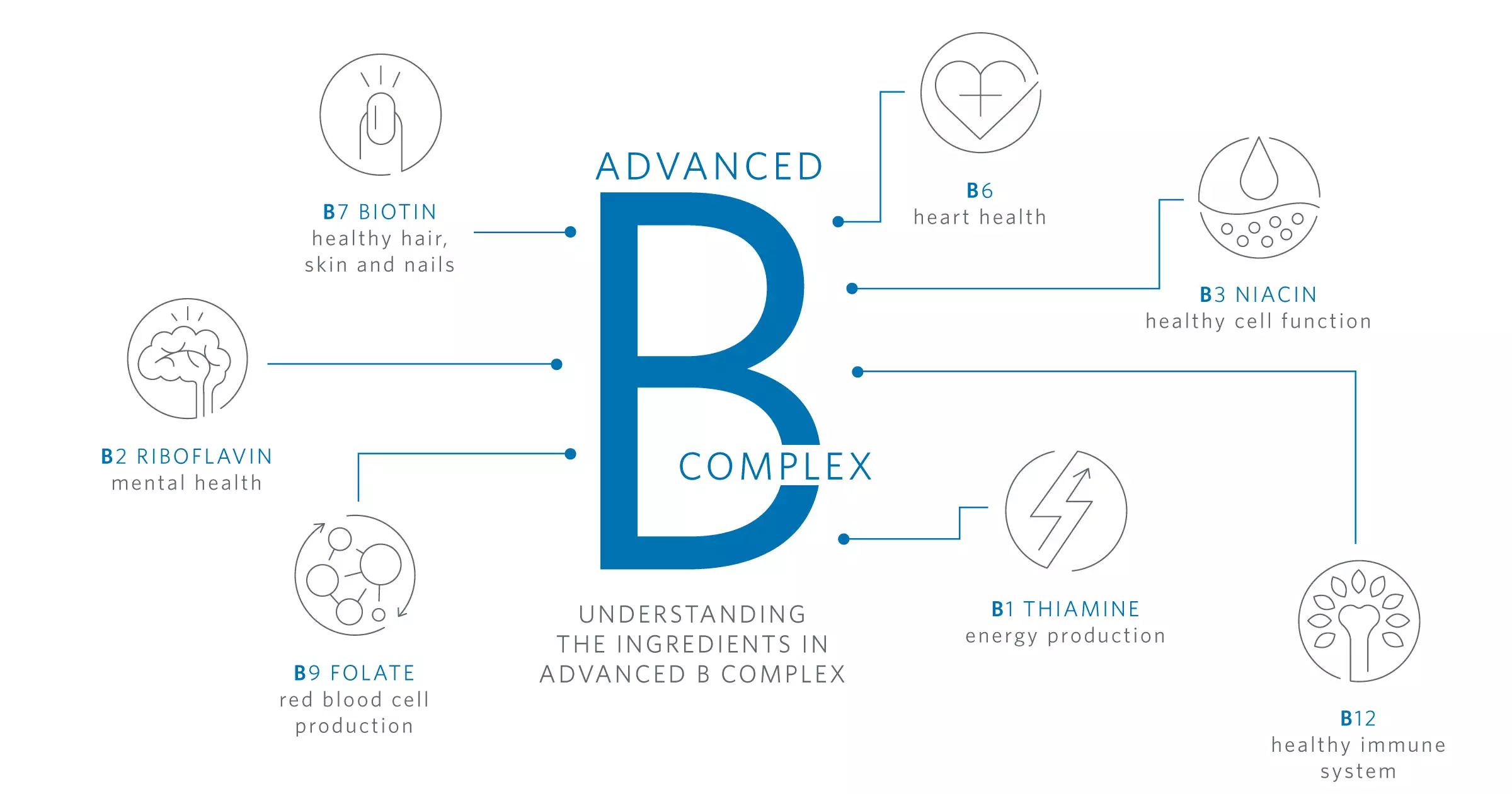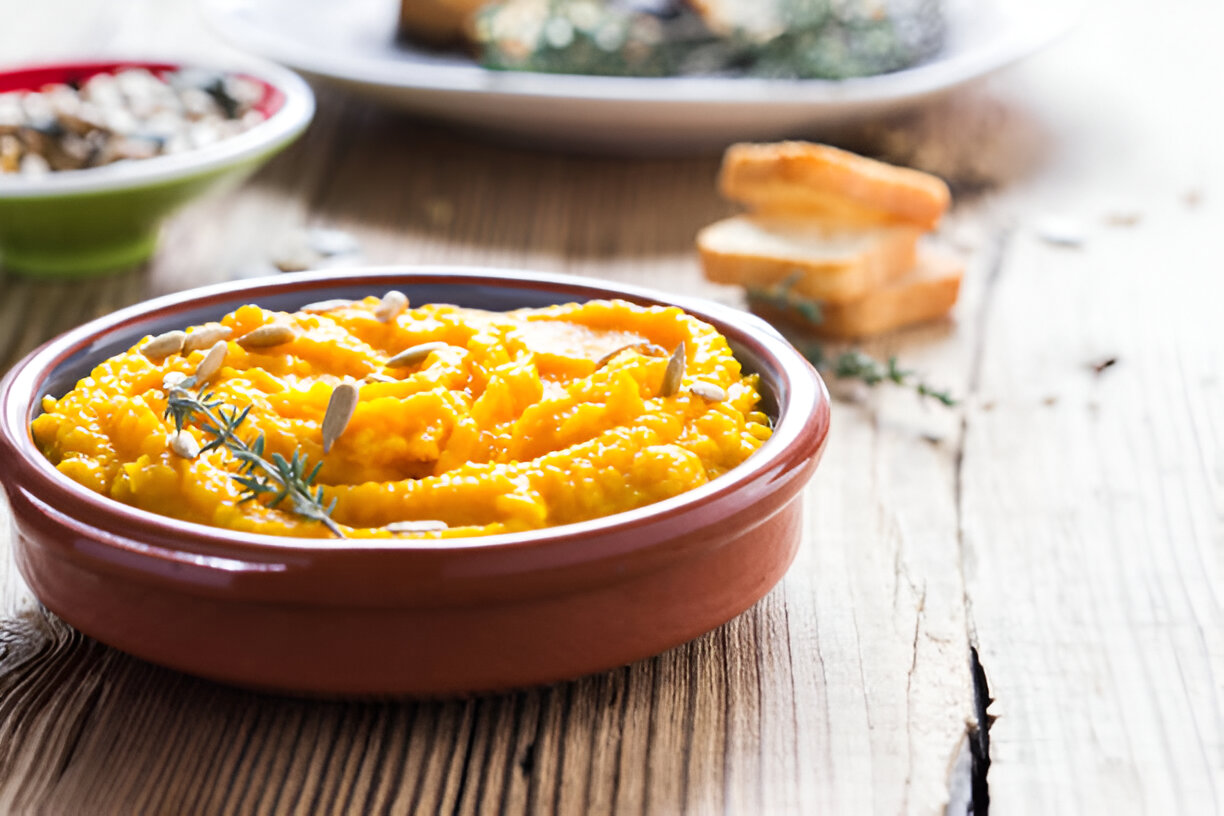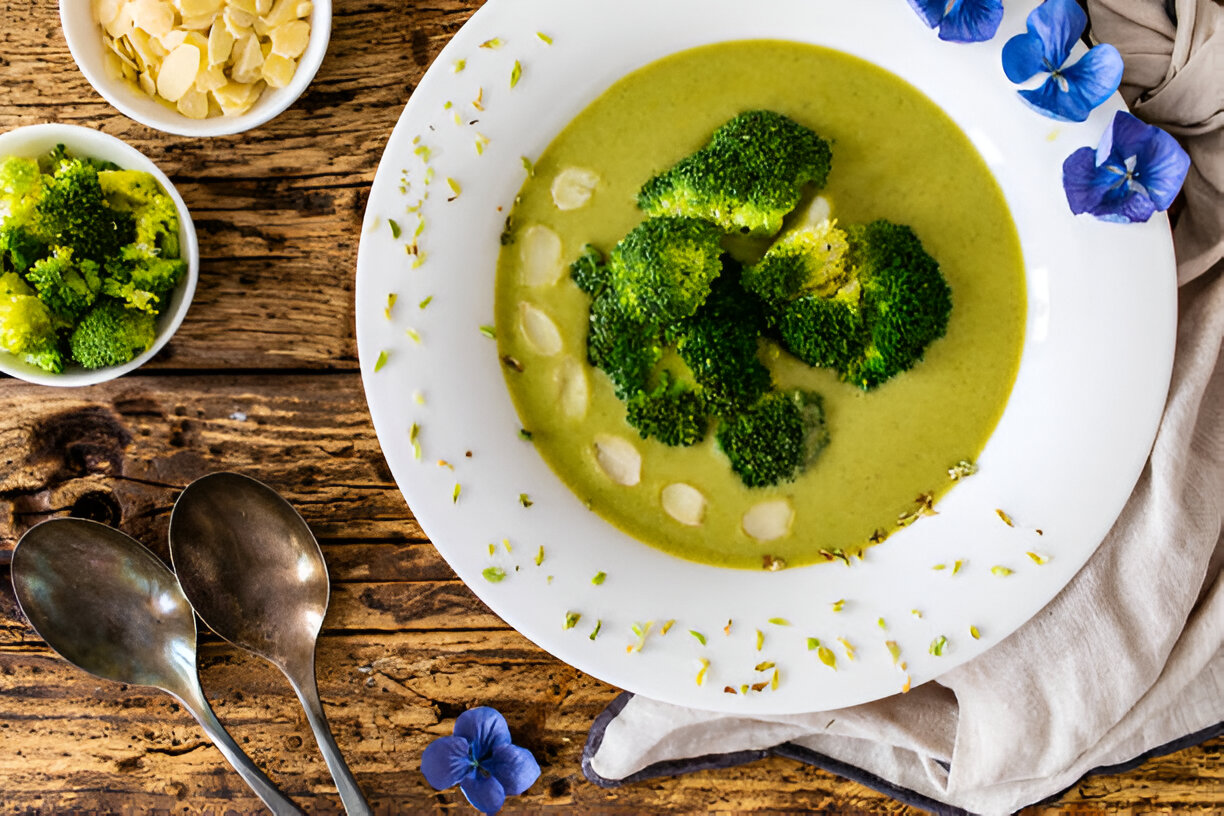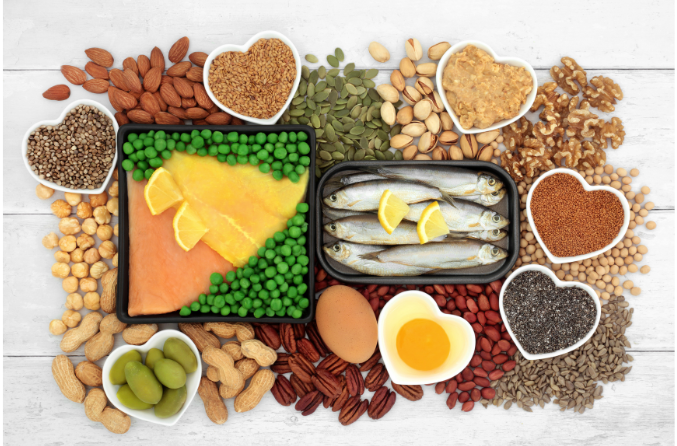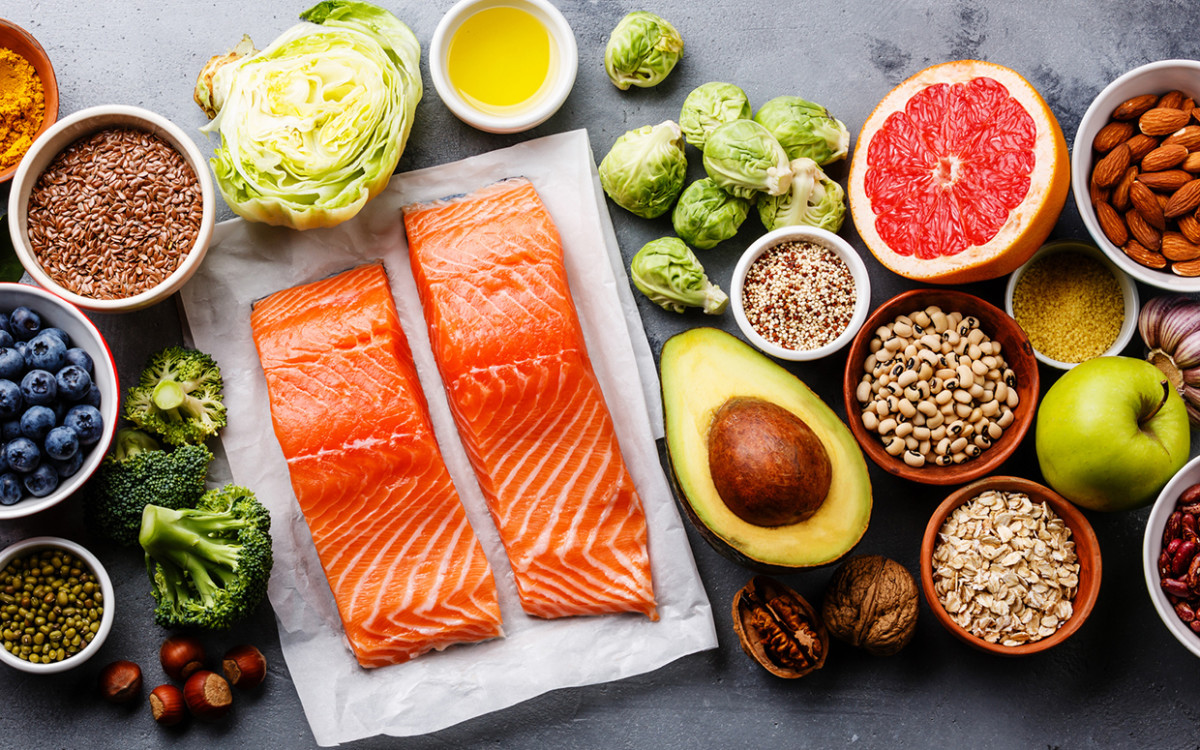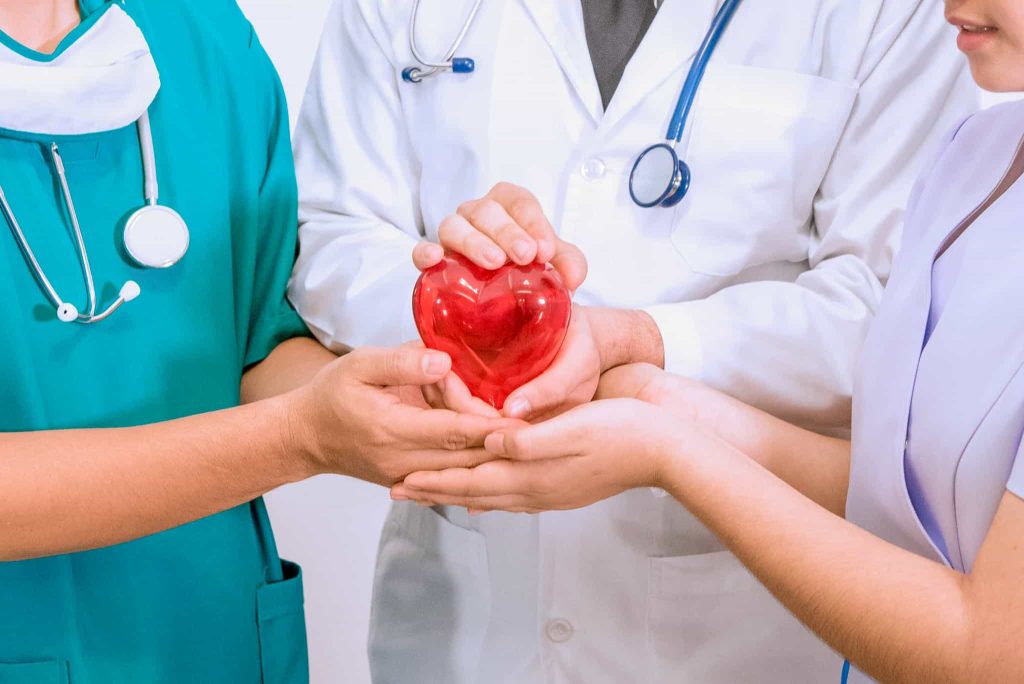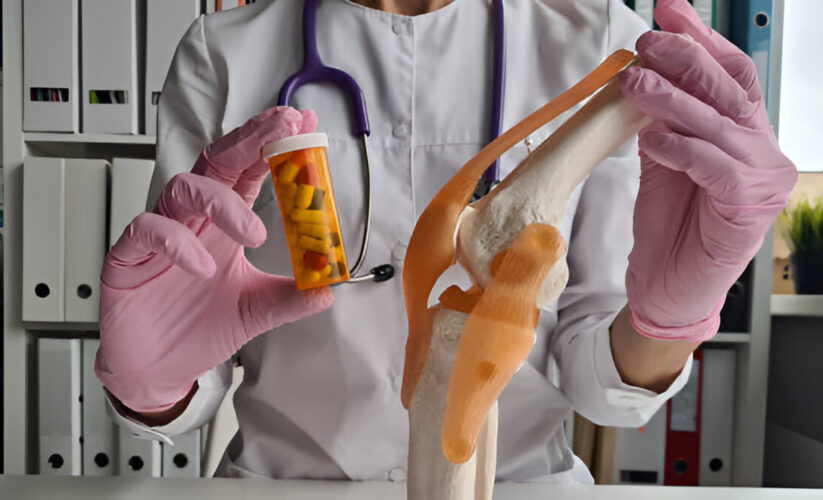

Bone Health
An estimated 8 million women have osteoporosis. Another 22 million may have low bone mass, a condition that places them at higher risk of getting the disease. If you don't already, consider incorporating this bone-building trifecta into your routine.
Calcium
Calcium carbonate is the least expensive form of the mineral, but experts say calcium citrate is a better choice. "Our production of stomach acid slows as we age; calcium citrate doesn't require stomach acid to be broken down by the body, unlike other forms of calcium," says naturopathic doctor Christie Yerby of Optimal Health Resources in Chapel Hill, North Carolina.
Dosage:
1,000 mg per day for women under 50; 1,200 to 1,500 mg for post-menopausal women
Vitamin D
The sun is our main source of vitamin D, but most women don't get enough of the nutrient -- and this spells bad news for bones, as vitamin D helps the body absorb calcium. Check the label to be sure you're getting vitamin D3 (cholecalciferol), the most active form, says Yerby.
Dosage:
400 to 800 IU per day
Magnesium
This mineral helps the body absorb and regulate calcium levels and, like vitamin D, should be paired with calcium. "Otherwise, the calcium could get stored in the tissues, kidneys, or arteries, where it could be harmful," explains Yerby. If you're using calcium carbonate, magnesium can counteract the mineral's constipating effect.
Dosage:
About 500 mg daily (roughly a 2:1 calcium-to-magnesium ratio)
Joint Health
Healthy joints lie at the heart of every physical act, from arranging a bouquet of flowers to bending down to pick up a child. And although our joints look simple enough, they're complex and vulnerable. Today, nearly 21 million Americans grapple with osteoarthritis, a condition often marked by debilitating pain, stiffness, and sometimes swelling in or around the joints. If you suffer from arthritis, consider these remedies.
Glucosamine and Chondroitin
Although a 2005 study grabbed headlines when it found these compounds no more effective than a placebo in reducing overall pain in patients with knee osteoarthritis, the results didn't tell the whole story, says Dr. Brent Bauer, director of the Complementary and Integrative Medicine Program at the Mayo Clinic and editor of "The Mayo Clinic Book of Alternative Medicine." "The study used a form of glucosamine not readily available in the United States," he explains. "What's more, those who had the most severe arthritis had a very large [positive] effect from taking the supplements." Previous research found that people with mild to moderate osteoarthritis who took either compound reported relief similar to non-steroidal anti-inflammatory drugs (NSAIDs) such as aspirin and ibuprofen.
Dosage:
Glucosamine, 1,500 mg per day; Chondroitin, 1,200 mg per day (improvement should show within three to four months)
Devil's Claw
Although prescription and over-the-counter medications can ease pain, they often irritate the stomach. Devil's claw, a plant native to southern Africa (the name comes from the hooks that cover its fruit), appears promising for safe, effective relief of osteoarthritis pain, says Bauer. Although clinical research
is limited, several small studies, including one of 89 people, showed that devil's claw decreased osteoarthritis pain and improved mobility. In another, devil's claw provided significant pain relief within 10 days of treatment.
Dosage:
Depends on the supplement; follow label instructions or consult a knowledgeable health practitioner
SAM-e
S-Adenosylmethionine, or SAM-e, is produced by the body to help maintain cell membranes and regulate the creation and maintenance of cartilage. Not only does SAM-e boost joint health, it's also widely used outside of the United States for treating liver disease and depression. European studies of arthritis patients suggest that taking SAM-e provides as much relief as NSAIDs within four weeks. And unlike NSAIDs, which only treat pain and quell inflammation, SAM-e shows some promise in slowing the progression of the disease, says Dr. David Rakel, director of the Integrative Medicine Program at the University of Wisconsin's School of Medicine and Public Health. Although the compound is widely used in Europe, experts call it an "underrecognized supplement" in America, in part because of its hefty price tag (between $1 to $3 per day). Buy SAM-e packaged in dark glass bottles or in individually wrapped foil packages (aka blister packs) because it oxidizes quickly when exposed to light.
Dosage:
400 to 800 mg per day
First Published: September 2007







